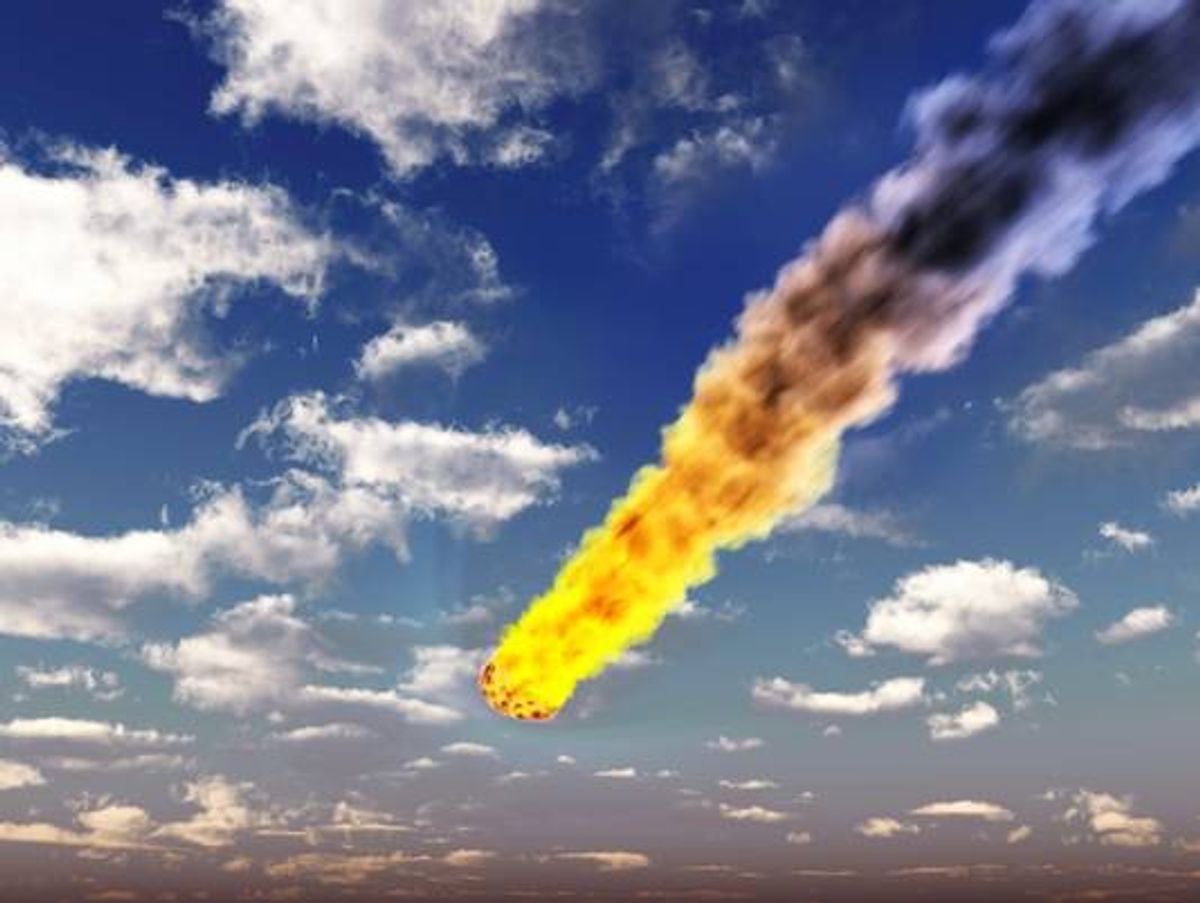Tonight stargazers will witness a never before seen meteor shower named Camelopardalid, when Earth passes through the debris of comet 209P/Linear. The burning of this debris in our atmosphere will likely appear as a beautiful spectacle of "shooting stars," during the early hours of Saturday morning, between 2:00 and 4:00 AM EDT. According to Space.com, the meteor shower could potentially send around 1,000 meteors per hour, through the night sky.
The shower can be viewed on Ustream below:
Broadcast live streaming video on Ustream
If your view of this spectacular shower is obstructed by clouds or city lights, you may be able to listen to the meteors. All you need is an FM radio.
Why can I hear the meteor shower?
It all depends on what layer of the atmosphere the meteoroid burns. According to Space.com "when certain layers of the upper atmosphere become ionized, they can reflect the signals back to the ground far away." The lowest layer where this can happen is known as the E layer, which is 60 to 70 miles up into our atmosphere. Space.com explains:
"So, when a meteoroid vaporizes as it passes through the atmosphere, it briefly ionizes air molecules along its path. Forming an expanding column or cylinder several miles or more in length, these ions can scatter and reflect radio waves, in much the same way that jet contrails scatter sunlight, leaving a glowing trail in the darkening sky after sunset. But because the ion trails disperse rapidly, the reflected radio waves generally last for only a few seconds. "
The larger the meteoroid -- and these are supposed to be large -- the higher up they burn, the longer they cause ionization.
How do you hear this? And what should I hear?
All you need is an empty FM radio station (Space.com suggests the lower end of the dial, below 91.1 MHz). Once you've found an empty radio frequency, you'll probably be confronted with a static-y hiss. When a meteoroid interrupts this you might hear a boom, whistle or popping noise for a few seconds.
What if the meteor shower is a no-show?
Comet 209P/Linear is a weakly active comet, according to the SETI Institute, and the appearance of a meteor shower -- or not -- will determine if the comet was active in the past, or if it stayed in tact. The results should help explain more about different types of comets and the origins of meteor showers.
h/t Space.com

Shares